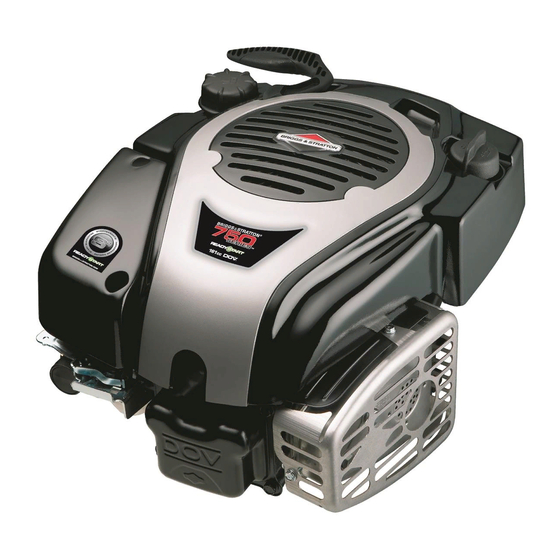
Table of Contents
Advertisement
Repair Manuals for other
Briggs & Stratton Engines:
273521 Twin Cylinder OHV Air-Cooled Engines
276781 Single Cylinder OHV Air-Cooled Engines
271172 Twin Cylinder L-Head Air-Cooled Engines
270962 Single Cylinder L-Head Air-Cooled Engines
276535 Two-Cycle Snow Engines
CE8069 Out of Production Engines (1919-1981)
Quality Starts With A
Master Service Technician
www.thePowerPortal.com (Dealers)
bRiGGsandstRattoN.coM (consumers)
BRIGGS&STRATTON
coRPoRatioN
Part No. 277527-12/09
Post office box 702
Milwaukee, wi 53201 usa
©2009 Briggs & Stratton Corporation
700/750 Series DOV
Air-Cooled Engines
Advertisement
Chapters
Table of Contents
















Need help?
Do you have a question about the 700 DOV Series and is the answer not in the manual?
Questions and answers
I CAN'T SEEM TO FIND THE OIL DRAIN PLUG ON MY MOWER.700 DOV,?
The oil drain plug on a Briggs & Stratton 700 DOV Series mower is located on the engine sump.
This answer is automatically generated